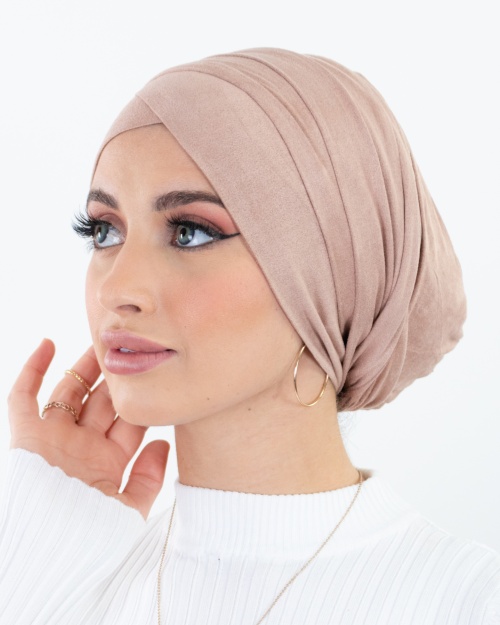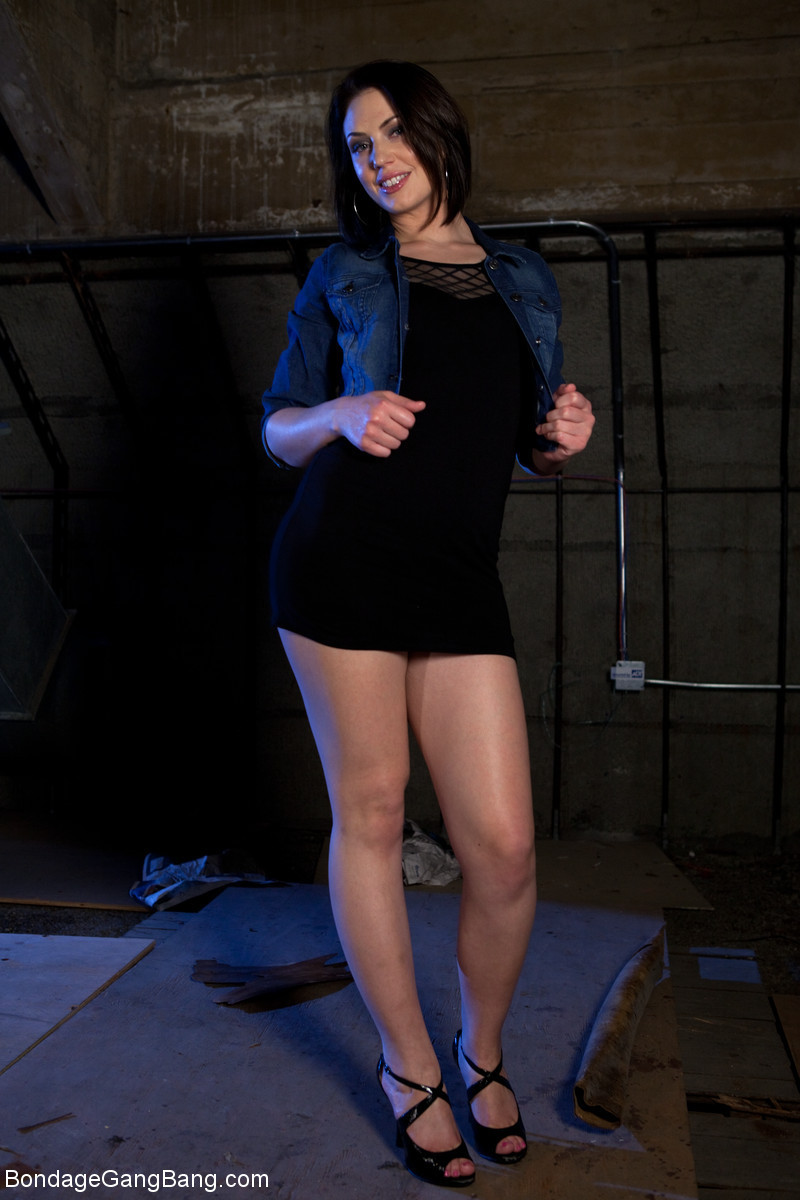Femme Arabe Nue

The depiction of femininity and the female form in art has a rich and complex history, with various artistic movements and cultural contexts shaping the way women are portrayed. Among these diverse representations, the image of the "Femme Arabe Nue" (Nude Arab Woman) stands out as a captivating and thought-provoking subject. This article delves into the world of "Femme Arabe Nue" in art, exploring its origins, cultural significance, and the impact it has had on the artistic landscape.
Unveiling the Beauty: A Historical Perspective

The concept of the “Femme Arabe Nue” can be traced back to the Orientalist movement of the 19th century, a period marked by European fascination with the cultures and aesthetics of the Middle East and North Africa. During this era, European artists, influenced by their travels and encounters with Arab cultures, began to incorporate exotic and sensual imagery into their artwork.
One of the earliest and most renowned depictions of the "Femme Arabe Nue" is attributed to the French artist Eugène Delacroix. His painting, "Women of Algiers in Their Apartment" (1834), showcases a group of veiled women, with one central figure unveiled, revealing her nude form. This painting, and others like it, became emblematic of the Orientalist style, characterized by a blend of romanticized and exoticized depictions of Arab culture.
The Evolution of Orientalist Art
As Orientalist art gained popularity, artists began to explore different aspects of Arab life, including the representation of women. The “Femme Arabe Nue” became a symbol of both beauty and mystery, often portrayed in serene and sensual poses, reflecting the European imagination of Eastern femininity.
However, it is important to note that these depictions were largely shaped by the biases and fantasies of the artists themselves. The Orientalist movement often reduced complex cultures to simplistic and romanticized stereotypes, leading to a distorted view of Arab women in Western art.
Breaking Stereotypes: Modern Interpretations
In recent decades, there has been a growing movement among Arab and Middle Eastern artists to reclaim and redefine the image of the “Femme Arabe.” These artists challenge the Orientalist stereotypes and present a more nuanced and authentic representation of Arab femininity.
For instance, the Lebanese artist Widad Tawfik has created powerful sculptures and paintings that celebrate the strength and diversity of Arab women. Her work, "Nude Woman with Lotus" (1990), portrays a confident and graceful nude figure, surrounded by vibrant floral motifs, symbolizing the resilience and beauty of Arab culture.
| Artist | Artwork |
|---|---|
| Eugène Delacroix | "Women of Algiers in Their Apartment" |
| Widad Tawfik | "Nude Woman with Lotus" |
| Amal Kenawy | "Untitled (Veiled Women)" |

Another notable artist, Amal Kenawy from Egypt, has explored the concept of veiling and unveiling in her work. Her series of paintings titled "Veiled Women" (2009) presents women in various states of dress and undress, challenging the notion of modesty and inviting viewers to question the relationship between clothing and identity.
The Cultural Significance and Controversies

The representation of the “Femme Arabe Nue” in art has sparked debates and controversies, particularly within the Arab world. While some view these depictions as a form of cultural appropriation and exploitation, others argue that it can serve as a platform for dialogue and a means to challenge societal norms.
In many Arab societies, the female body is often a highly sensitive and politicized subject. The act of portraying women, especially in a nude state, can be seen as a powerful statement, either empowering or objectifying, depending on the context and the artist's intentions.
Navigating Sensitivity and Empowerment
Artists like the Moroccan painter Chaibia Talal have navigated these sensitive waters with skill and purpose. Her series “Nude Women” (1960s) presents women in various stages of undress, challenging societal norms and celebrating the female form. Talal’s work is a bold statement, asserting the right of Arab women to be depicted and appreciated as individuals, free from stereotypes.
On the other hand, the Tunisian artist Nja Mahdaoui has approached the subject with a more subtle and symbolic touch. His painting "Femme Arabe" (1980s) features a veiled woman, with her face partially hidden, standing against a vibrant backdrop. The veiling becomes a metaphor for the complexities of Arab femininity, inviting viewers to look beyond the surface and explore the inner strength and beauty of the subject.
The Impact on Contemporary Art
The legacy of the “Femme Arabe Nue” continues to influence contemporary artists, both within and outside the Arab world. It has inspired a new wave of artistic exploration, where the female form is used as a vehicle for social commentary, cultural critique, and personal expression.
Artists like the Saudi Arabian painter Manal AlDowayan have pushed the boundaries of traditional art forms, incorporating elements of installation and performance art. Her work, "Veil" (2014), is a powerful statement on the intersection of femininity, identity, and social change. AlDowayan's use of the veil as a symbol challenges the notion of concealment and reveals the strength and resilience of Arab women.
Challenging Stereotypes and Empowering Voices
Contemporary Arab artists are also using the “Femme Arabe” as a tool to address issues of gender inequality, body image, and cultural representation. Through their art, they aim to empower women, challenge stereotypes, and foster a more inclusive and respectful dialogue about femininity.
The Egyptian artist and activist Hend Kheera has gained international recognition for her bold and unapologetic self-portraits. Her series "Nude Self-Portraits" (2016) challenges societal norms and taboos surrounding the female body, presenting a raw and unfiltered view of femininity. Kheera's work is a powerful statement against censorship and a call for greater acceptance and appreciation of diverse representations of women.
Conclusion: A Journey of Representation
The journey of the “Femme Arabe Nue” in art is a testament to the power of artistic expression and its ability to shape perceptions and challenge stereotypes. From the romanticized depictions of the Orientalist era to the empowering and nuanced representations of contemporary artists, the evolution of this subject matter reflects the changing dynamics of cultural exchange and the evolving role of women in society.
As we navigate the complex and fascinating world of art, the "Femme Arabe Nue" stands as a reminder of the importance of cultural sensitivity, the power of artistic voices, and the ongoing dialogue between artists and their audiences.
What inspired the Orientalist movement’s fascination with Arab culture and the “Femme Arabe Nue”?
+The Orientalist movement emerged during a time of increased European exploration and colonization of the Middle East and North Africa. The exoticism of Arab culture, coupled with a desire to understand and represent it through art, led to the fascination with the “Femme Arabe Nue” as a symbol of beauty and mystery.
How have Arab artists challenged the stereotypes associated with the “Femme Arabe Nue”?
+Arab artists have reclaimed the image of the “Femme Arabe” by presenting diverse and authentic representations of Arab femininity. They challenge stereotypes by depicting women as strong, confident, and multifaceted individuals, free from the constraints of Orientalist fantasies.
What impact has the “Femme Arabe Nue” had on contemporary art and cultural dialogue?
+The “Femme Arabe Nue” has inspired contemporary artists to explore themes of femininity, identity, and cultural representation. It has fostered a more inclusive and nuanced dialogue about women’s roles and experiences, challenging societal norms and promoting a greater appreciation for diverse artistic voices.



